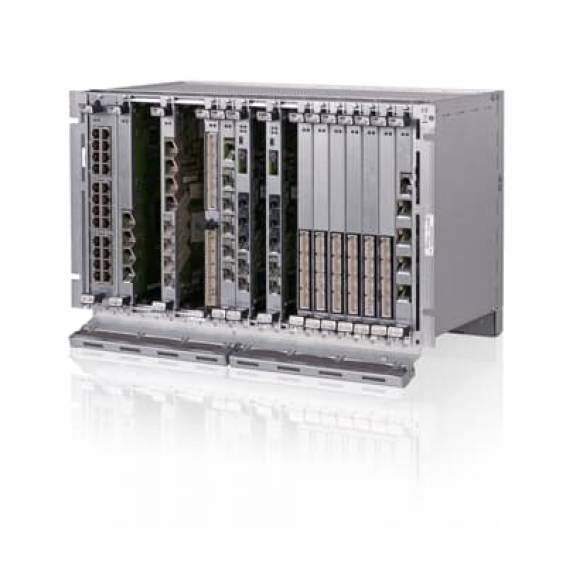Hitachi Energy's FOX615 is an outstanding multi-service multiplexer which enables the extension of existing communication infrastructure, as well as the smooth migration to future technology.
FOX615 integrates teleprotection interfaces for distance as well as for differential protection simultaneously within state-of-the-art SDH networks and MPLS-TP networks; ensuring an easy and flexible way to migrate technology in a utility network. With its latest IEC61850 interface the FOX615 also acts as a substation IED and enables GOOSE based protection applications of digital substations. Built on Hitachi Energy’s huge domain expertise, the utility-grade design of FOX615 is deployed in thousands of installations across the globe with guaranteed performance including those with electromagnetically polluted environments and across a broad range of temperatures.

















